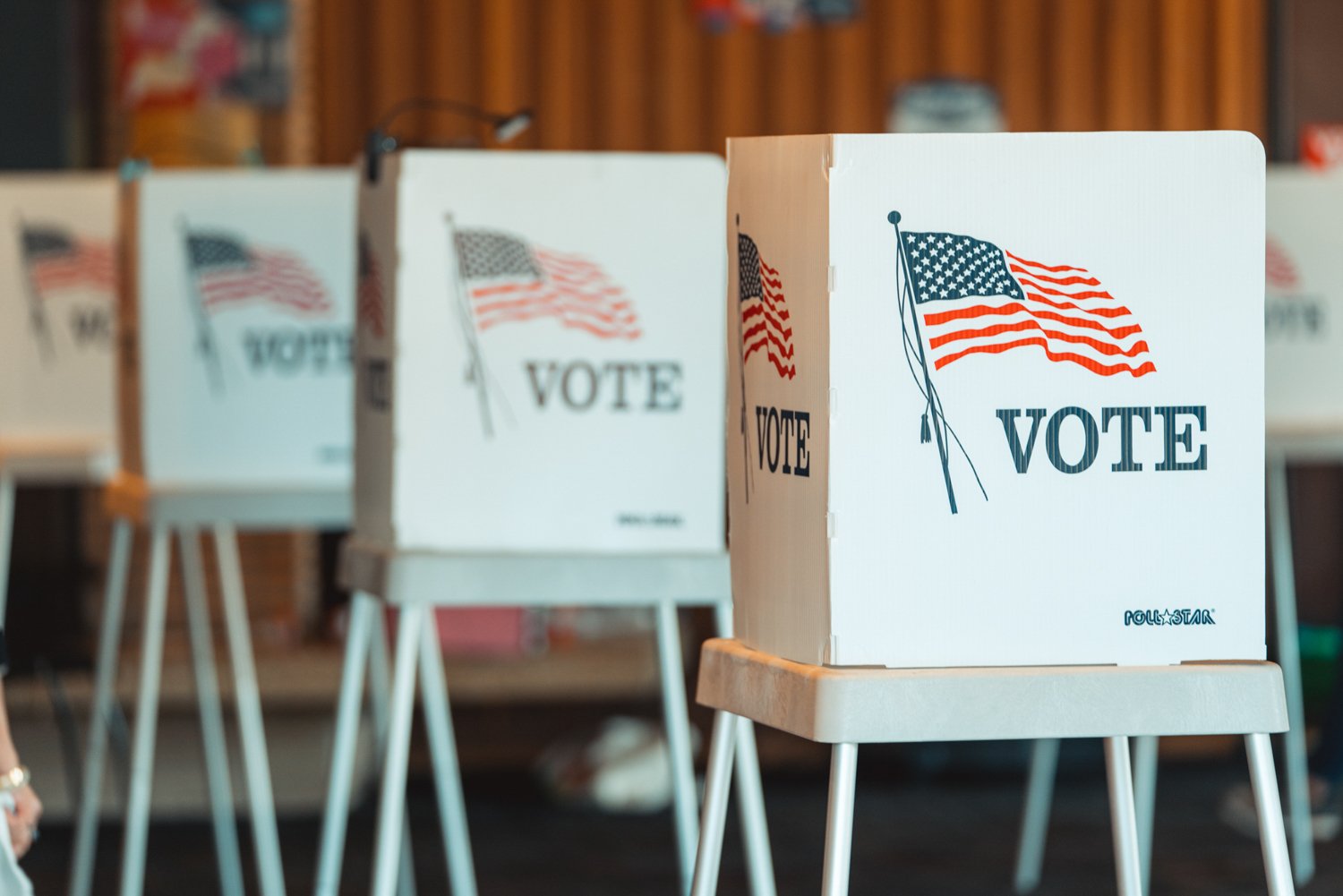In the aftermath of a historic presidential election, it appears that college-aged voters played a decisive role.
Voter turnout among young people ages 18-29 has been critical in battleground swing states, data from the Center for Information and Research on Civic Learning and Engagement shows. Based on an analysis of census population data, the 2020 AP VoteCast, and the National Election Pool exit poll, the 2020 election saw “47%-49% of all eligible young people cast ballots,” an increase from the estimated 42%-44% in 2016. This youth support was especially beneficial for President-elect Joe Biden, who was preferred by young voters in 32 out of the 39 states for which data has been reported.
Stanford students, at home or on campus, were a part of this pivotal turnout. Yet, our student body’s civic engagement wasn’t always so robust. From consistently performing below the national average in voter turnout to becoming a leading institution in registering new voters this year, a look back into the historical registration and turnout data for Stanford students reveals a substantial increase in engagement over the past decade.
Stanford turnout climbed over the decade, but narrowly lagged peers
“Stanford students are not the most politically engaged bunch,” said Sean Casey, co-director of StanfordVotes, which was founded in 2018 within the civic engagement branch of Stanford In Government. “We tend to underperform both our peer colleges, and our age group.”
However, Casey highlighted positive trends in Stanford civic engagement, especially in the past three years. “We’re not necessarily leading the pack in that area, but definitely making some big strides for sure.”
The chart below depicts changes in the percentage of eligible students who voted across several peer institutions using data from the National Study of Learning, Voting and Engagement which is conducted by the Institute for Democracy and Higher Education. Stanford has adjusted its raw data to remove ineligible post-docs, which the NSLVE does not account for when producing its metrics. The data is a rough estimate of turnout, constructed by comparing enrollment records to state and local voting records, while removing ineligible students.
Most of the peer institutions analyzed have exhibited a similar overall pattern of lower voting rates for 2014 and 2018 compared to 2012 and 2016. This trend can be attributed in part to the general observation of decreased engagement during midterm elections. In the 2012 presidential election, Stanford was 3.5 percentage points behind the Average Institutional Voting Rate, which is calculated from over 1,000 campuses participating in the NSLVE study, for the first time in six years. By 2018, Stanford outnumbered the Average Institutional Voting Rate for the first time in six years. Nevertheless, Stanford lagged behind peer institutions Harvard, Yale and UC-Berkeley across years.
Stanford registration and turnout over time
Despite its historical record of trailing behind its peers, Stanford has been able to overtake the institutional average through greater engagement among registered voters. The graph below breaks down Stanford’s voter participation into three components: the voting rate of eligible students, the registration rate and the voting rate of registered students.
While registration rates remained relatively stable across elections, the voting rate of eligible students and of registered students surged between the past two midterm elections. This trend indicates that Stanford’s get-out-the-vote strategies have been effective, and engagement has increased. The voting rate rose from 16.9% in 2014 to 42.7% in 2018, a 25.8 percentage point increase, outpacing the growth rate of the Average Institutional Voting Average, which saw a 19.4 percentage point increase from 2014 to 2018. Remarkably, the 69.7% voting rate of registered students in the 2018 midterm election was higher than that of the 2012 presidential election, and almost as high as the number in the 2016 presidential election.
2020 poised for registration influx
This observed growth in participation among eligible students is thanks, in part, to the push for both voter registration and engagement by student organizations on campus.
“The administration and entire Stanford community have gotten behind civic engagement, and specifically the act of voting, in a way that is unprecedented this year,” Casey said.
A new “civic engagement” enrollment hold advocated for by StanfordVotes has expanded its partnership with TurboVote, a voter registration tool crafted by the nonprofit Democracy Works. The chart below depicts the amount of TurboVote signups per day shortly before and after the enrollment hold was put into place.
As the graph shows, Stanford Turbovote signups experienced a sharp increase after the institution of the enrollment hold, which encourages but does not require students to register to vote. Prior to the hold, signups were meager. During the time between the announcement of the enrollment hold and the opening of course registration, TurboVote signups significantly increased, after which registration decreased but remained higher than observed before the hold. To clarify, TurboVote signups do not represent all registered students, as some used alternative means for registration.
Headed into the 2020 election, Stanford topped the leaderboard for TurboVote signups. The chart below shows the number of TurboVote signups between the beginning of August and midway through October, the period during which most universities begin their academic year.
Notably, Stanford TurboVote signups surpass that of universities with much larger student populations, including the University of Michigan — Ann Arbor, University of Florida and Arizona State University.
Stanford has worked hard to rekindle civic engagement among its student body over the past decade. Given the razor-thin margins that determined the 2020 presidential race, this year’s election has illuminated the power of each and every vote, particularly those of college-aged voters.
Contact Mason Krohn at mkrohn ‘at’ stanford.edu, Priti Rangnekar at pritir ‘at’ stanford.edu and Iris Xia at ixxia ‘at’ stanford.edu.
